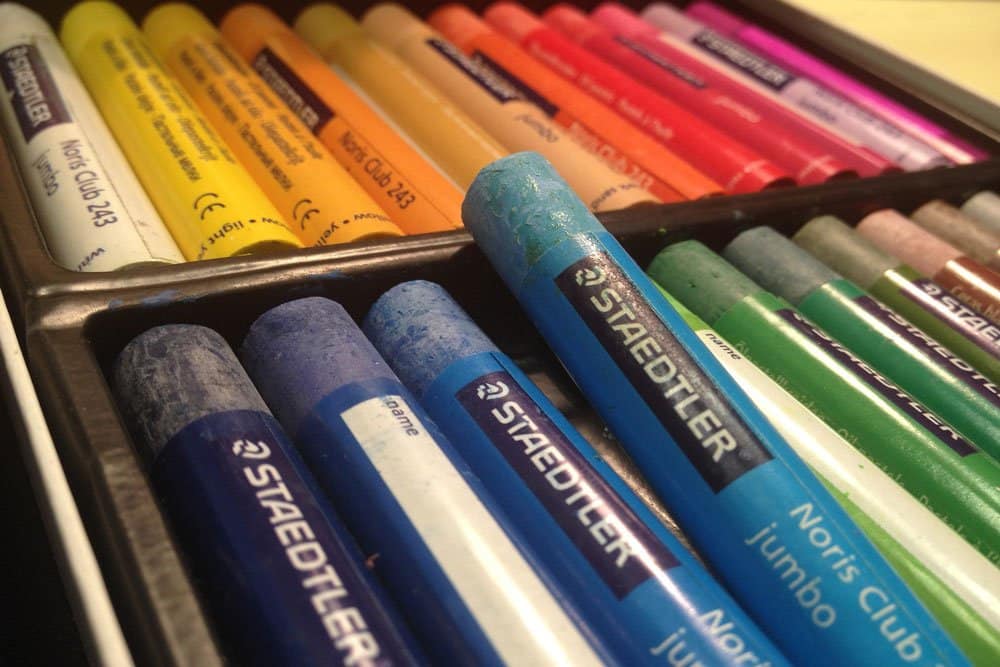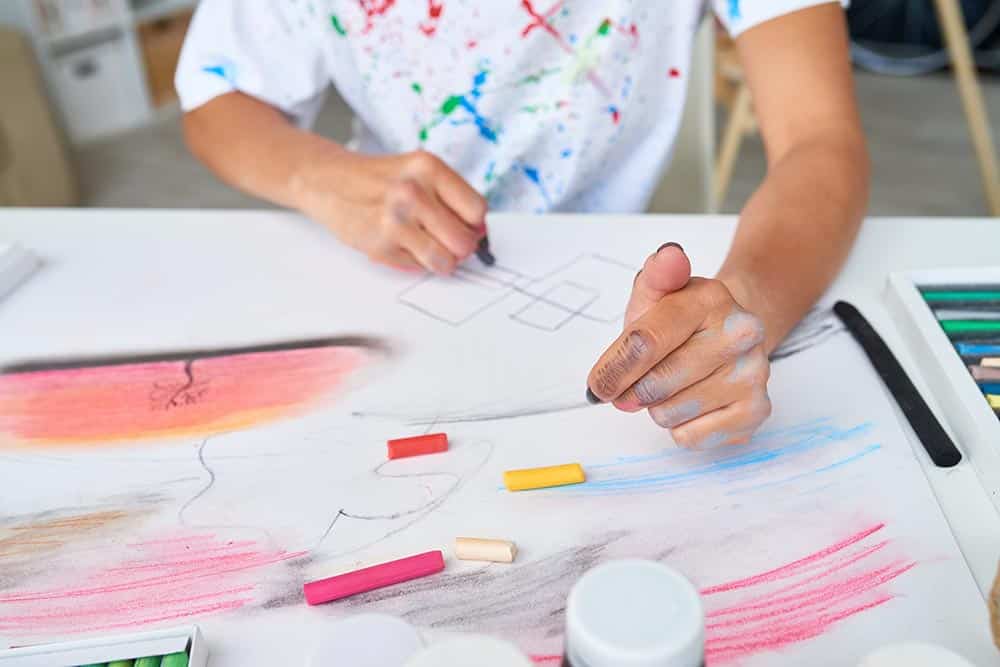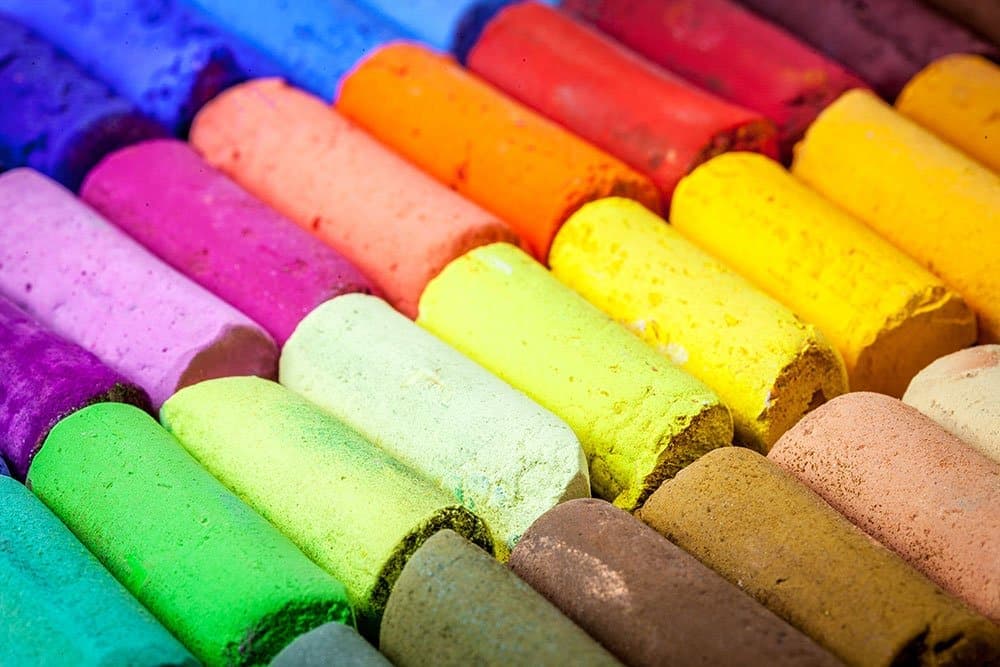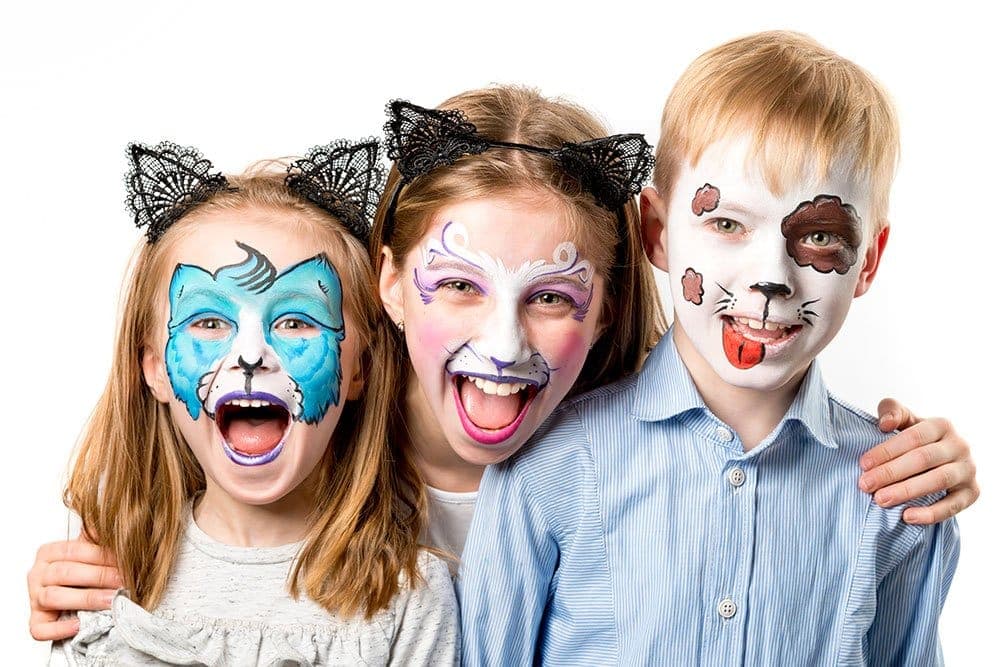
Best Oil Pastels: Top Brands Compared & Reviewed
Oil pastels are a fun and vibrant medium that are not only beginner-friendly but require very little in additional art supplies in order to get started.
Discover expert guides, in-depth reviews, and creative inspiration for watercolors, acrylics, oils, and beyond.
Expert insights on art supplies, techniques, and creative inspiration for artists at every level

Oil pastels are a fun and vibrant medium that are not only beginner-friendly but require very little in additional art supplies in order to get started.

Even if you own the best oil pastels, they won’t be able to showcase their true abilities if the paper you are using them on isn’t that good.

Selecting a quality soft pastel in today’s crowded market is tough. With so many options available and at so many wildly different price points, it can be a bit tricky to find one that will work per

One if the biggest challenges when working with even the best soft pastels(https://createlet.com/best-soft-pastels/) is that they are incredibly tough to control – especially if you want to have fine

If you are still using a hair spray in lieu of a workable or final fixative, its probably time for an upgrade.

Whether you plan to do some cosplay for an upcoming convention, are a professional face painter, or simply want to have a bit of weekend fun with the kids, a quality face paint will let your imaginat
Find exactly what you need from our comprehensive collection
Acrylic painting tutorials and best acrylic paint reviews
In-depth reviews and comparisons of art supplies
Drawing tutorials, pencil reviews, and sketching techniques
Oil painting techniques and oil paint product guides
General painting guides and techniques for all mediums
Art supply reviews and recommendations
Step-by-step art tutorials and technique guides
Watercolor painting guides, techniques, and product reviews
Get weekly tips, tutorials, and exclusive deals on art supplies delivered to your inbox
We respect your privacy. Unsubscribe at any time.